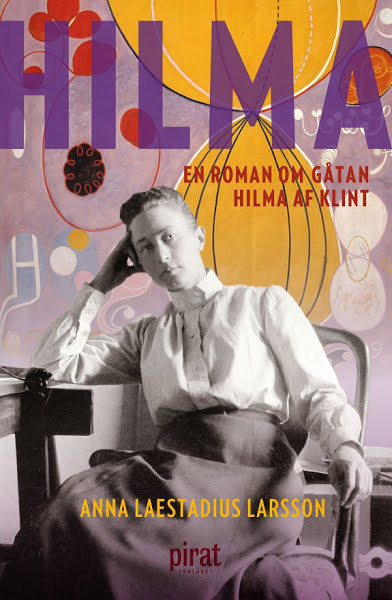Hilma af Klint’s “Paintings for the Future” Exhibition at the Guggenheim Museum

googleplay.com
January 25, 2019
“Paintings for the Future,” currently on display at the Guggenheim Museum, is Hilma Klint’s first solo exhibition, which is provoking many to question the true origin of abstract expressionist art. Hilma Klint, who was previously a relatively unknown artist, is fascinating people with her unique use of color and shapes. When looking at such abstract and contemporary paintings, it is difficult to register that Klint’s work was actually created in the early 1900’s.

The daughter of a Swedish naval commander, Klint was born in Salna, Sweden in 1862. At an early age, she showed extraordinary talent in visual arts and became passionate about painting. When she was 20, Klint and her family moved to Stockholm, where she studied painting at the prestigious Academy of Fine Arts. After graduating with honors, Klint, who also showed interest in botany and science, supported herself by painting landscapes and creating illustrations for medical journals. But, Klint’s true passion was expressing spiritualism through her art. Klint became enthralled with spiritualism after the death of her brother, believing that through the power of spiritualism she could continue to stay connected with him. Klint and four other like-minded women conducted seances in a group named “The Five”. The group connected with the spirits as mediums and received messages from them that Klint documented in art form. In 1906 Klint was commissioned by a spiritual guide to create art for a temple. Klint created 193 paintings from 1906 to 1915 for the commission. These paintings became her life’s work. Klint believed that the art she was creating was too radical to display to the outside world and kept her abstract works a secret, only revealing her landscapes and other less-controversial pieces to the public. Klint stipulated that her art would be displayed at least 20 years after her death. Perhaps this was because she believed that her art and its meaning could not truly be understood by her own generation. The work Klint created for the temple was the first abstract expressionist art ever created. Although she is not recognized as such, Klint was an artistic trailblazer. It is only now that we have begun to question if the first abstract artist has been overlooked. Kandinsky, who is known as the first abstract painter, created his first abstract work in 1910, 4 years after Klint had been begun creating abstract paintings. While artists like Kandinsky, Kypka, Delaunay, Mondrian, and Malevich have been credited for being the first to explore abstract expressionism, it is an indisputable fact that, although no one knew it at the time, Hilma af Klint got there first.








